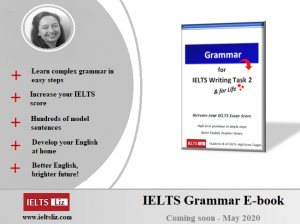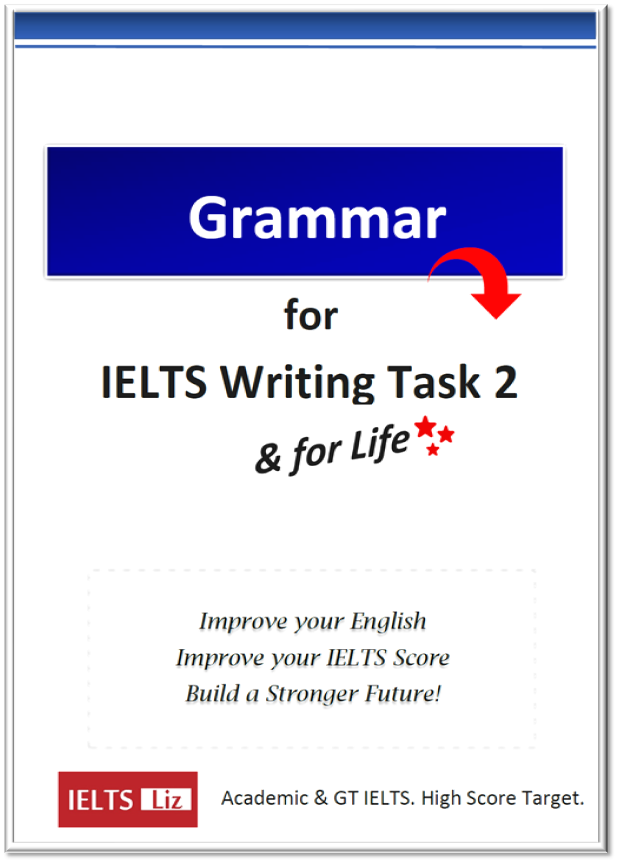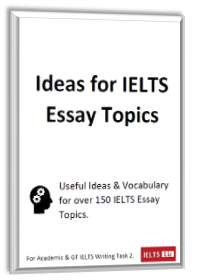Hi guys,
This is my personal story. I am sharing it with you to show how keeping positive, using time effectively and staying determined can change your life regardless of how difficult your situation might be right now. I hope my story will inspire you to be proactive and keep strong during the Coronavirus situation. Make a cup of tea, sit back and read about success through adversity 🙂
In 2013, my health collapsed. I became very seriously sick. I lost my job. I lost most of my money. I lost my friends. I lost my apartment. I lost my independence and freedom. I was too sick to go outside. I was locked in. I struggled to walk around the house and all basic actions (even washing my hair) were very difficult. At times, just sitting in a chair was incredibly painful and I had to return to my bed to lie in isolation, darkness and silence. I couldn’t get food for myself. I struggled to speak easily. I was sick and seriously disabled.
The doctors told me there was nothing they could do to help me. They said I would probably be sick for quite a long time, but they couldn’t say how long or even if I would ever recover. My situation was similar to the uncertain situation many of you face today with Coronavirus. Feeling you have no control over your lives or your future. Watching all your dreams and plans disappearing and there’s nothing you can do. Feeling worried and alone. The feeling of isolation from the world became normal for me when I was sick. But I wasn’t facing a few weeks or months without work, without income, without health, without friends, without freedom – I was facing years or decades.
It took about a year of suffering for my health to improve enough for me to be able to sit on a sofa and use a laptop for 30 mins or 1 hour a day. I started making plans for a website to give people free lessons for IELTS. But I was still so sick. It was all very difficult. Even typing was hard because I struggled to use my arms. After 6 months, I was well enough to make video lessons in a spare bedroom. All my videos were made by myself while I was sick. My website and videos started to become popular in 2015.
I believe that each situation we face is a challenge. And many challenges have to be fought psychologically. Each day I woke up and decided – what single thing can I do today? I had little strength. But I did have determination, a strategic approach and a positive mindset to improve my life in small ways. My tips are:
- Never wake up and compare your life today to what you had before or what you don’t have anymore or what other people have.
- Try. Just because your dream seems distant or impossible right now, doesn’t mean you shouldn’t try. Trying is what it is all about. The more you try, the more doors open. You might just discover you have incredible hidden gifts that you didn’t know about 🙂
- Always find the positive in what you choose to do or what you must do. Your perspective matters. Smile and enjoy – it makes everything easier.
- Don’t listen to negative voices in your head or from others. If you are surrounded by negativity, drown it out by filling your mind and life with positive thoughts. It isn’t easy. It’s a challenge, but you can do it.
- If things get hard for you, reach out to someone or find a solution. The very strongest and most success people are often those who have known what it feels like to struggle or suffer. Making wise choices at tough times is what it is all about.
- Don’t delay. None of us know what is round the corner. Use the uncertainty you find yourself in to remind yourself that time matters.
- Life is a gift. Appreciate it. Like many gifts, there may be incredible surprises inside if you learn to use it well 🙂 Don’t presume life is just a box to open, it is an opportunity and you are responsible to make the most of it.
To continue with my story, in 2015 it looked like my life was going to get better at last. A successful website and improved health. It felt exciting. But on December 25th, 2015, my health collapsed again for a second time. This was the hardest time for me. I had already been fighting for 2.5 years and now I had to face more years in sickness and pain. I felt deep despair at this time. The support from my family started to fail. I ended up living completely alone while still being sick, disabled and unable to walk outside.
I have been living in almost total isolation since 2016. For these years, I have rarely breathed the outside air or had conversation. There have been times when I have struggled, both physically and emotionally. Of course with the Coronavirus lockdown, I now do not see anyone at all. Worse still, during these years, I have not received loving messages to stay strong or keep me positive. Neglect and abuse have played a role in my life both in the past and recent present.
When you face such situations on your own, I believe you must find strength, love and positivity within yourself. If other people don’t give you love, give it to yourself. If others are not a source of strength for you, find that strength within yourself or by reading about inspirational people. If you feel alone, connect to something within yourself that connects us all together and nourishes us. Surround yourself and give yourself what you need to survive and conquer. Never let fear, doubt or complacency stand in your way. Never let any situation or any person stop you from moving forward with your life. Achieving success is within us all.
The concept of “seize the day” is well known, but how many of us actually live this way? While I was sick, I wasn’t able to “seize the day” because I was unwell most of the day. But I did seize 15 mins, 30 mins, one hour or two hours when possible. With such little strength and such little time, I achieved great success. Small steps are not less valuable than large steps. They all lead somewhere. They can lead you to success. But many of us delay too long or give up too soon because we don’t get what we want quickly enough or because it was harder than we imagined. Be patient. Persevere. Trust in your future. Keep taking those small steps with a focused, clear mind. Don’t just take those small steps to achieve success, take those small steps because you love life and you love what you do. Your perspective will change everything.
I became successful by taking very small steps. I never gave up. I stayed determined, focused and positive no matter what life threw at me. My Youtube channel has now reached over 2 million subscribers. My website is one of the biggest worldwide for IELTS preparation. I have just over 1,000 high band score results shared by successful IELTS candidates (Results Page) which keep me encouraged to continue my work. Knowing that I help people reach their future goals is a wonderful way to live. By working from a sofa whilst being sick at home alone, I have achieved all this.
I hope my story and my perspectives of how I created a bright future while in isolation, uncertainty and sickness will help you at this difficult time. I hope you will all find happiness and strength even though your lives are not as you wish them to be right now. There are so many positive things you can do even if they do not seem to have a direct impact on your future plans – they will help indirectly in ways you can’t imagine right now.
Your life is not at a stand still because you are in lockdown. If you continue developing and being proactive each day, your life will be moving forward regardless of your geography.
Keep Positive! Stay Focused! Be Proactive! Continue taking those Small Steps 🙂
I am thinking of you all at this time.
All the best
Liz (Elizabeth Ferguson)
Please feel free to share your own positive stories or thoughts in the comments box below 🙂
Thank you message from Liz: I would like to thank you all for your kind responses to my story. I apologise for not being able to answer each of your comments individually. However, I read each one carefully and was touched by them all. Your instinctive insight really affected me.
I have always had deep respect for anyone striving to change their lives for the better. It takes a certain type of person to do this. IELTS is a steppingstone to a new and hopefully better future for you all. While you have been striving to push past frustrations or disappointments, I have been in a similar situation but for a different reason. Maybe that is why this website has such positive vibes. We understand one another, respect one another and appreciate one another 😊
There are some of you out there who are struggling right now with extremely difficult situations, some much worse than mine. Take strength in my story and take those small steps whenever you are able. Changing your situation at this moment in time might not be possible, but you can still allow positive energy to come into your life regardless of your situation. From actively learning something new, developing a new skill or helping others to just simply appreciating the beauty of a flower, all these tiny positive thoughts and actions will help to gradually change life as you know it. For those of you who have survived past suffering, I hope you will also share your story one day. By sharing our stories, we remind ourselves and each other of what life is really about.
Behind a smile may be a painful past. Behind tears and weakness may be a hero. Never be too quick to judge.
Thank you all for your kindness and support. Good luck to you all !! 😊 All the best, Liz
FREE IELTS Lessons: This website contains hundreds of pages of free lessons, tips, model answers, topics etc. Go to the HOME page to access them.
…………………………………
Subscribe for Free to get New Posts by Email





